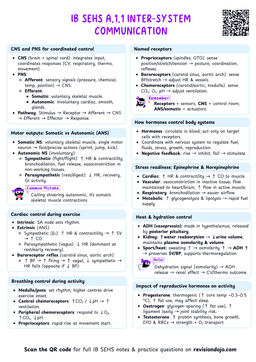Environmental conditions
External factors such as temperature, humidity, air pressure, wind, water salinity, and altitude that affect the forces acting on objects and athletes during sport performance.
- Environmental conditions such as temperature, humidity, air pressure, wind, salinity of water, and altitude significantly influence the forces acting on objects in motion.
- These factors can alter the density of the medium (air or water), the magnitude of resistive forces like drag, and even the buoyancy experienced by objects.
Imagine a soccer ball kicked at sea level versus one kicked at a high-altitude stadium. The ball at higher altitudes will travel farther due to reduced air resistance.
Temperature
- Temperature affects the density of air and water, which in turn influences the forces acting on objects moving through these fluids.
- Water between 25°C and 28°C reduces force on objects. However, water that is too cold can cause hypothermia, while water that is too warm can cause overheating.
Air Density and Drag
- Warmer air is less dense because molecules move faster and spread apart.
- This reduces drag, allowing projectiles to travel farther.
In baseball, a ball hit on a hot day travels farther than one hit in colder conditions due to reduced air resistance.
NoteWhile temperature affects fluid density, the variations are often small in typical athletic conditions (0–30°C).
Humidity
- Humidity refers to the amount of water vapor in the air, which affects air density and drag.
Humidity and Air Density
- Higher humidity means more water vapor, which is lighter than the nitrogen and oxygen it displaces.
- This reduces air density, decreasing drag on projectiles.
A soccer ball kicked in humid conditions will experience less drag and travel farther than in dry air.
TipHumidity can have a subtle but measurable impact on projectile motion, especially in sports where precision and distance are critical.
Air Pressure
- Air pressure is the force exerted by the weight of the air above.
- It directly affects air density and, consequently, drag.
Low Pressure
- Lower air pressure reduces air density, decreasing drag and allowing projectiles to travel farther.
High Pressure
- Higher air pressure increases air density, resulting in more drag and shorter projectile distances.
Golfers often adjust their shots based on air pressure, as it can significantly affect the balls trajectory and distance.
Common MistakeDon't assume high altitude always improves performance. While projectiles travel farther, athletes may struggle with reduced oxygen availability.
NoteDon't confuse air pressure with wind. Air pressure affects the density of the air, while wind is the movement of air itself.
Wind
- Wind is the movement of air and can dramatically alter the forces acting on an object.


